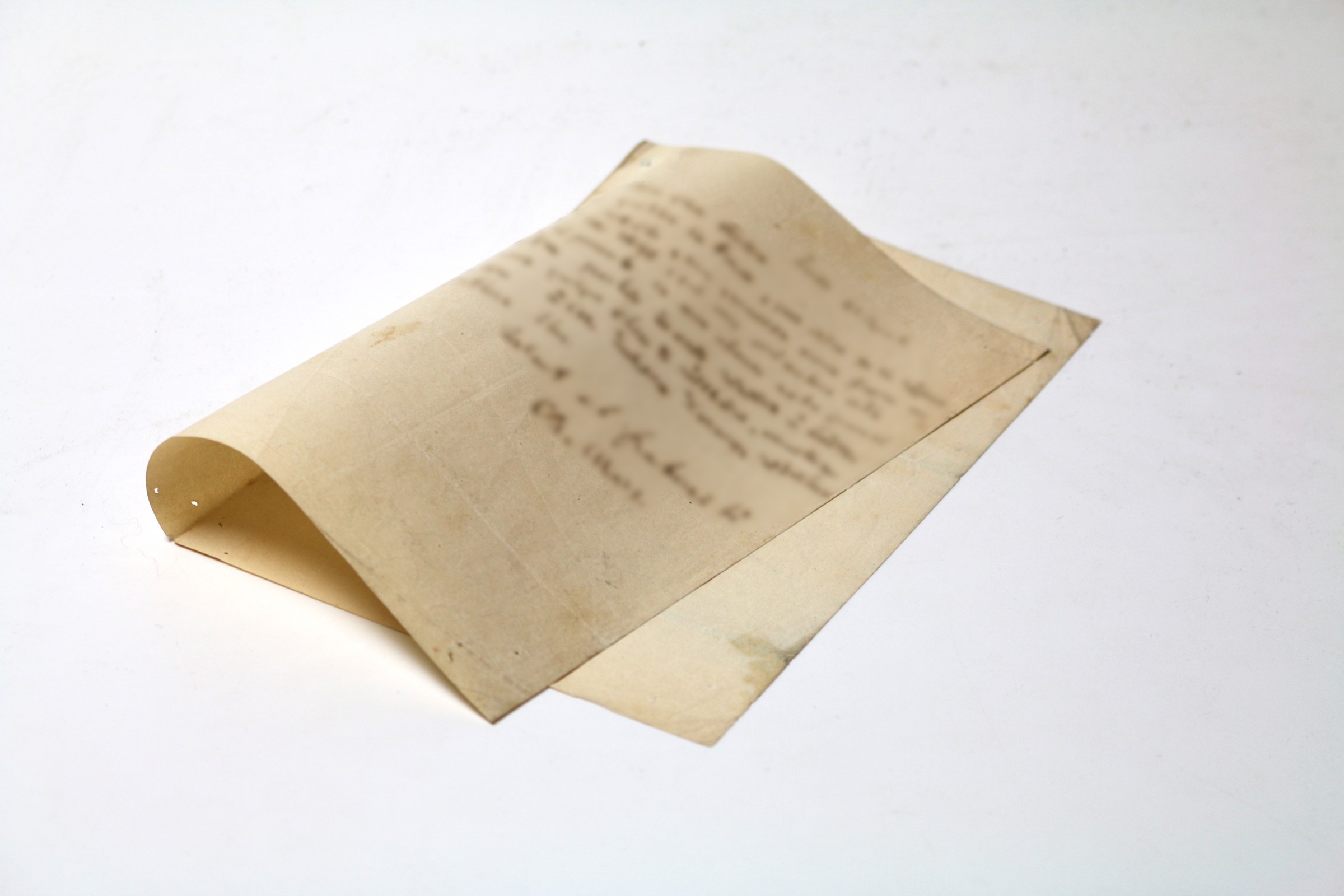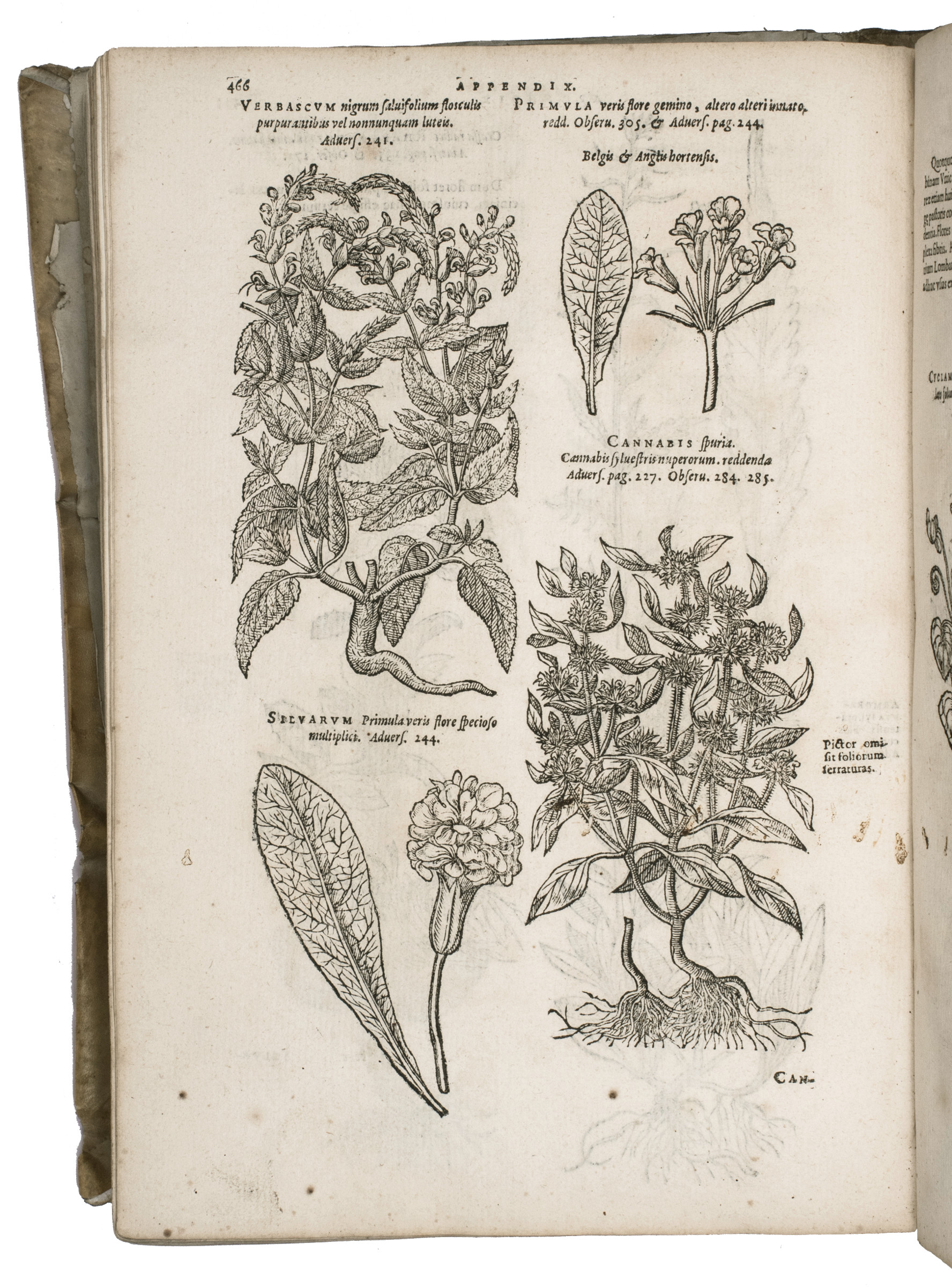
Autograph letter signed ("Ch. Marx").Paris, 24 August 1849.
In this, one of Marx's few known letters dating from his stay in Paris between June and August 1849, he bids his farewells to the French journalist and politician Ferdinand Flocon (1800-66) on the day of his departure for London: "Mon cher Flocon, J'ai du quitter la France, par ordre de la république honnête, sans pouvoir vous faire mes adieux. M. Wolff, qui vous présentera cette lettre, répresente en mon absence notre journal et notre parti. Je vais résider à Londres. Si vous avez quelque chose à m'écrire, veuillez la remettre à M. Julian Harvey, rédacteur du Northern Star. Salut et fraternité [...]." Flocon was the editor of the democratic newspaper "La Réforme"; Engels hat met him in October 1847 and contributed several articles. While Marx and Engels had little regard for Flocon's petty-bourgeois politics and at first viewed him chiefly as a tool for their propagandistic purposes, they soon recognized Flocon as a man of character, Engels writing on 28 March 1848: "I've been to visit old Flocon a few times: the fellow still lives in his wretched fifth-floor flat, smokes the most common tobacco in an old clay pipe and has only bought himself a new dressing gown. Otherwise quite as republican in his habits as he was as editor of the 'Réforme', and just as genial, cordial, and outspoken as ever. He's one of the most upright fellows I know." A Montagnard and member of the provisional government of the Republic in 1848 (he would be expelled from France after the 1851 coup d'état), it was Flocon who invited Marx to France with an enthusiastic letter at the very moment when he was evicted from Brussels: "Brave et loyal Marx! Le sol de la République Française est un champs d'azyle pour tous les amis de la liberté. La tyrannie vous a banni: la France libre vous rouvre ses portes à vous [...]" (Paris, 1 March 1848). When the revolutionary fervour seized the rest of Europe, Marx again set off for Germany in April, but in May 1849 the Prussian authorities turned him out. He returned to Paris in June, only to receive a notice of banishment to Brittany on 19 July. Marx fought the order, but lost his appeal on 23 August. On the same day, he wrote to Engels: "I have been banished to the Departement of Morbihan, the Pontine Marshes of Brittany. You will understand that I will have no part in this disguised attempt at murder. Hence, I am leaving France. I cannot have a passport to Switzerland, so I must to London, tomorrow [...]". A day later, he wrote the present farewell to his "cher Flocon", never again to settle on the continent.
On wove paper with floral design embossed to upper left corner, there marked "8" in faint blue crayron, likely by the recipient. Some browning and light wrinkling; traces of original folds. Some duststains and traces of mounting on blank leaf, but well preserved.

